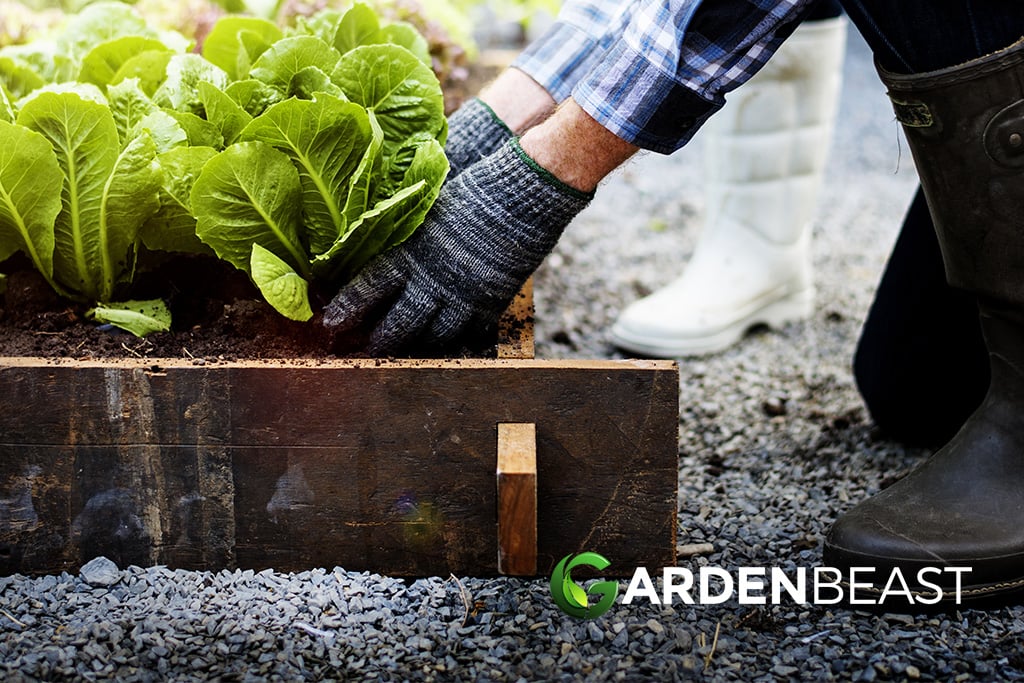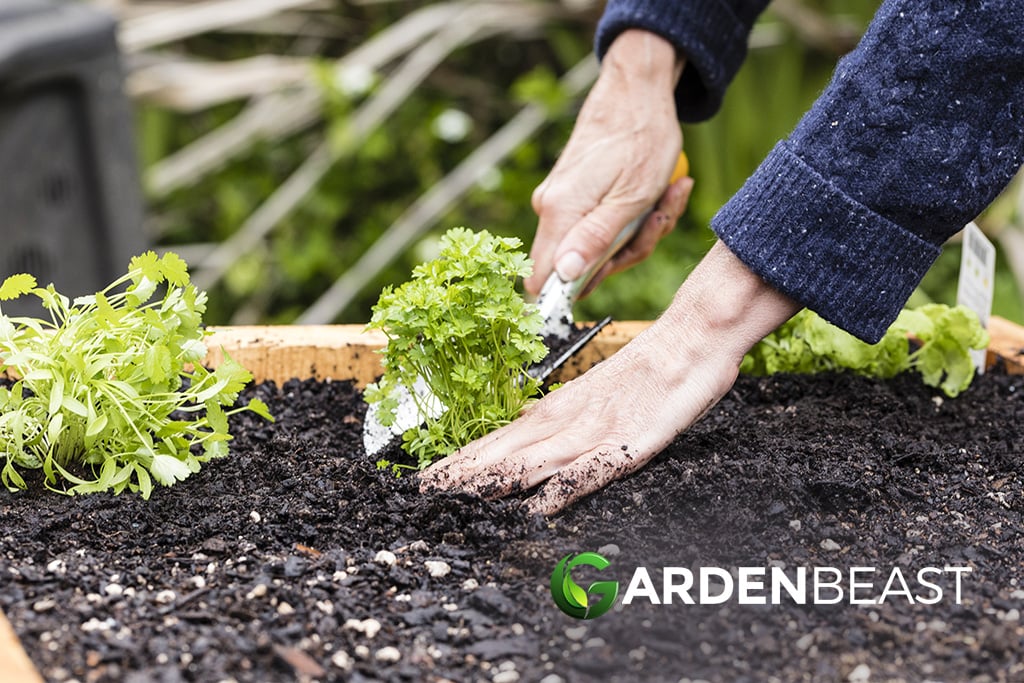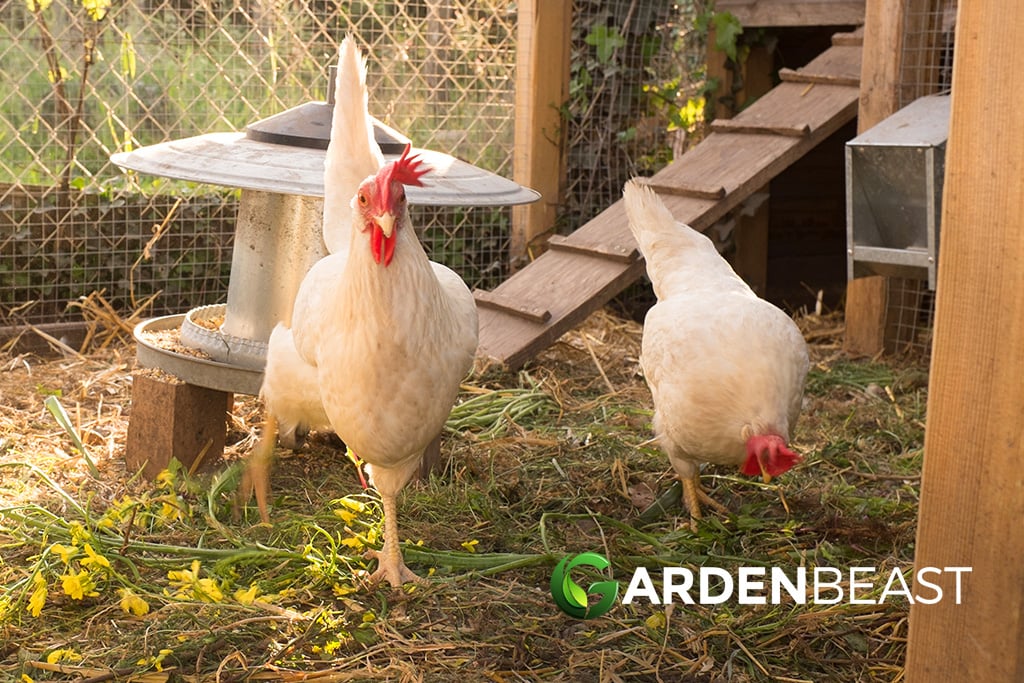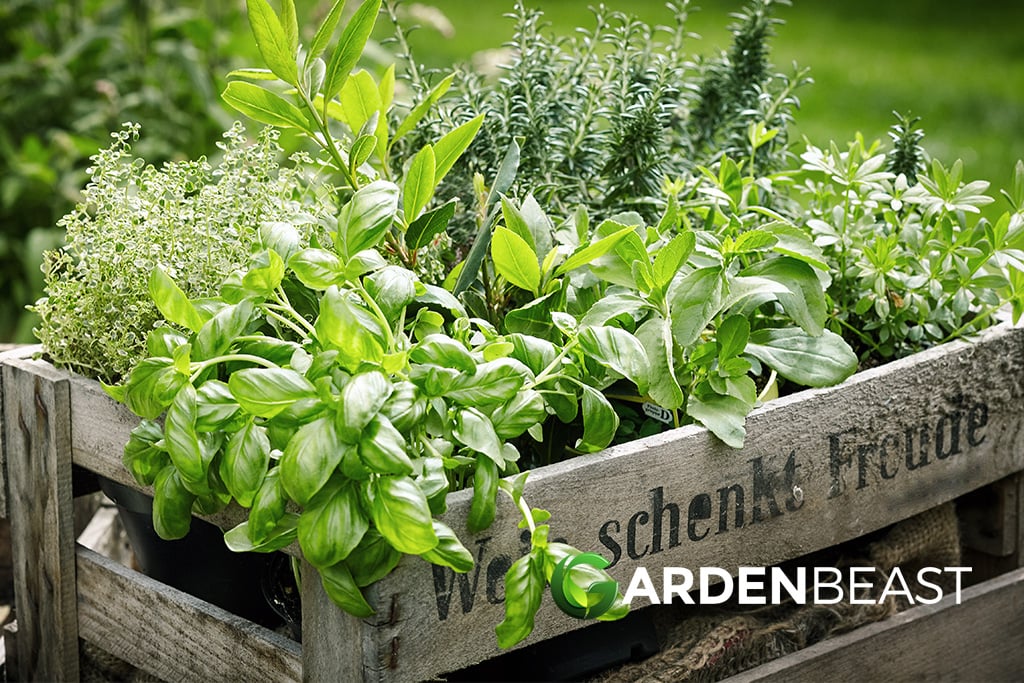Homesteaders have long been seen as a fringe group, but as public enthusiasm about sustainable living and ethical consumerism grows, the laid-back homestead lifestyle is emerging as the new American aspiration.
Let’s rediscover the lost art of homesteading.
What Is Homesteading?
Broadly defined, homesteading is a dedication to a self-sufficient lifestyle. Although this description of homesteading may have functioned as an overarching phrase when the idea of homesteading was first established in the 1800s, it has grown into something much more sophisticated and individualized as civilization has progressed.
Homesteading is now more properly defined as a spectrum with different meanings for different individuals. This means that there is no “one right way” to build a homestead.
While some homesteaders strive to be entirely self-sufficient by utilizing their own land, constructing their own homes, bartering self-produced commodities, and producing their food, power, and clothing, many others take a more cautious approach.
Many people, for example, believe themselves to be homesteaders while just following a few of the lifestyle’s tenets like growing vegetables on their windowsills or in containers on their balconies. They may do this due to various factors like location, economics, convenience, real estate taxes, or a range of other constraints and partialities.
More precisely, urban and suburban homesteading is a subgroup of the homesteading lifestyle that includes people living in the city or suburbs but consider themselves homesteaders since they meet their requirements within the limits of their surroundings.
For some, that could mean keeping a few chickens in a tiny suburban yard, while for others, it might mean growing vegetables on a small city lot.

Homesteading: The Origin Story
Hundreds of colonists sailed the ocean to resettle in the “new world” in the early 1600s. These people arrived with little to no cargo and an unbridled passion for starting anew. Many of them died during their resettlement, but many more lived and prospered.
Fast forward to 1862, when Abraham Lincoln signed the modified Homestead Act into law. Citizens (or future citizens) of the United States were granted up to 160 acres of public land under the legislation. They only had to pay a nominal cost to register, after which they had to construct a home, live on the property, and farm it.
Individuals who were over the age of 21 and had never waged war against the federal authority could apply for this land. Unmarried women, as well as immigrants awaiting citizenship approval, were eligible to apply as well. In 1866, Congress revised the legislation to include African Americans, even though these applicants faced severe discrimination and obstacles.
The Federal Land Policy and Management Act (FLPMA) formally discontinued the program in 1976. However, the Homestead Act came to an unofficial end in 1935, when President Franklin D. Roosevelt confiscated public domain holdings to implement a nationwide land conservation program.
783,000 men and women “proved up” their claims and were awarded the title to their property during the Homestead Act’s lifetime.
Why People Are Returning to the Homestead Life Today?
Humans have always had a tumultuous yet emotional connection with the environment. We need good soil, water, and sunlight for food production. However, many of our forefathers and mothers toiled themselves half to death on their property to stay alive. As urbanization took over the U.S., many people preferred to leave their farms for a more convenient life in the city.
After all, it was much easier to go out and buy goods from the farmer’s market or a store than working in the fields for the same things.
Something similar is happening now as well.
Many people have lost faith in some aspects of modern life. Sure, there are many advantages, but each comes with many drawbacks.
Purchasing ready-made food from the shop, for example, is convenient. However, processed foods are chock full of sugars and cholesterol that can be detrimental to health.
There is also the issue of ethics to consider. Both animals and the environment suffer as a result of industrialized agriculture. In underdeveloped countries, where much of our food is farmed, cheap labor and indentured servitude (slavery) are rampant.
Furthermore, many individuals are accustomed to purchasing low-cost, disposable products rather than high-quality items that last a long time. Today, hand-carved wooden spoons are costlier and require more maintenance than plastic spoons, which only adds to the new culture of used once and then forgotten.
The age of ease begs the question: why is waste time making something when you can just buy it?

Adopting a More Sustainable, Holistic Way of Life
As you’ve probably noticed, countless people are moving away from this artificial way of life. They’re rejecting the postwar generation’s restless, mass-produced, disposable routines. Instead, they’re going back to the 1970s’ back-to-the-land movement. Indeed, many people are resurrecting habits and techniques popular throughout the Iron Age and the First Industrial Revolution.
Many people who enjoy homesteading also feel that they don’t “fit in” with the rest of society. Perhaps they follow a different religion or have distinct family patterns. Simply put, their ideas are at odds with those of those around them; as a consequence, they discover enormous freedom and peace in adopting self-sufficiency and natural concord.
However, the best part is that anyone can become a homesteader! You, an apartment dweller or a homeowner, can make the most of whatever time and space you have to live a more meaningful, sustainable, and self-sufficient existence.
Let’s take a look at some typical homesteading tasks.
The Different Types of Homesteading
There are many distinct forms of homesteading, all of which can be tailored to your own needs. You could, for example, have:
- A City Apartment Homestead – These are perfect for single people or couples who reside in cities.
- Suburban Homestead – This type of homestead provides a chance for city people to turn their backyards into productive food gardens. They can typically include a few chickens based on zoning rules.
- Small-Scale Homesteading – Also known as “hobby farms,” small-scale homesteads are typically less than 10 acres in size. They are large enough to feed a family of four and support some modest livestock.
- A Larger, More Traditional Homestead – In larger homesteads, you’ll have over ten acres to work with. You can set aside large areas for various crops and farm animals’ pens, ponds, and/or fruit trees.
Typical Homesteading Tasks
1. Growing and/or Preserving Your Food
This is essentially the basis of contemporary homesteading. Homesteaders cultivate whatever they can in the limited space they have. Once grown, the crop is then canned, pickled, dehydrated, or frozen to preserve it.
For example, a homesteader living in an apartment can grow fresh basil near a windowsill. Similarly, a suburban homesteader can plant a garden full of tomatoes, chives, swiss chard, or peas. Both of these homesteaders can then preserve their crops for later use.
If you can’t grow your own food, you can still purchase the season’s offerings at local farmer’s markets. Just set out a few hours every other weekend for food storage, and you’ll have your pantry loaded in no time.
2. Livestock Production
Animals are raised by many, if not all, homesteaders for various reasons. Chickens are the typical choice, but you might go for a variety of other animals, such as ducks and rabbits. However, it all depends on how many areas you have, what you want to do, and how happy you are with it.
Are you looking for fresh eggs? Chickens or ducks are your best bets. What about some fresh meat? Same.
Think about whether you’ll feel okay slaughtering and eating animals you look after regularly. If you’ve never slaughtered a chicken or rabbit before, go to a farm and practice your skills. But if you can’t do it, you can have your butcher or a farmer near you do it for you.

3. Cooking From the Roots Up
Most homesteaders prefer to make their own nutrient-dense, whole foods rather than buying them. For example, instead of purchasing tinned soups and stews, they believe in making their own nutritious soups and stews from vegetables they have grown in their backyards.
So, if you want to start homesteading, begin your journey by learning how to make homemade bread.
4. Trying to Be Mindful of Your Impact on the Environment
One of the most critical aspects of homesteading is appreciating and caring for the land you share. Those who have already adopted environmentally friendly items and behaviors may already be on their way to doing so. Choose organic cleaning and beauty products to avoid polluting the water supply.
Instead of dumping laundry in the washer, hang it to dry. Rather than dumping pesticides on your grass, pull out the weeds choking your garden.
5. Crafting Your Own Household Items
When our forefathers required household goods, they didn’t just go to the store and buy cheap imports from other countries. They produced as many goods as they possibly could with their own hands.
This included spoons and other carving equipment, as well as cooking implements. They made their own fishing equipment, clay plates, bowls, and other items.
Can you weave a basket? Or make your own chair? Could you improvise and make your own brick oven? Have you thought about constructing your own wooden chicken coop? There’s something so soothing and fulfilling about making something with your own hands.
6. Recycling and Reusing
Early homesteaders were frugal with their resources. Today, many people engage in the usual practice of discarding leftovers, culinary waste, ripped garments, and damaged goods. Learn inventive methods to repurpose these items so that very little goes to the trash.
Here’s what you can do:
- Keep a jar in the freezer to collect scraps from different meals. Use them to make stock after the container is full.
- Compost any vegetable leftovers to create nutrient-rich soil.
- Learn how to mend garments and rugged socks.
- Make handkerchiefs out of old cotton shirts and collect other fabric scraps for quilts or rags.
- Save candle butts because they can be remelted into new candles again.
- Waste less and save more!
Starting a Homestead: A Short Checklist
Before you go out and buy soil or seeds, there are two things you should do. Make a strategy after doing some research. These are some questions you should research the answer to:
- How would you describe homesteading? Are you interested in growing and preserving vegetables? Or are you more interested in livestock?
- How much money can you invest in your homestead?
- Do you have any experience growing food-producing plants? Or do you need more information on the subject?
- Do you have access to any outdoor space? What do you have to work with?
- How much time can you dedicate to homesteading?
- What are the primary practices you wish to see implemented? Do you want to grow tomatoes to make fresh sauce? Want to raise goats for meat and milk?
- What are the local construction codes and zoning regulations?
- Are there any goods you often purchase that you could create yourself? If that’s the case, do you already know how to create/produce those goods? If not, write them down in your “skills to learn” notepad.

Bottom Line: Homesteading Is Not Easy (But It’s So Worth It!)
Are you fantasizing about living a peaceful, pastoral life in the countryside? That’s great!
However, be prepared. Sure, homesteading has many positive sides, but it may also be highly challenging. Expect to get your fair share of wounds, scrapes, bruises, and insect bites. Expect some of your crops to fail and your animals to occasionally succumb to predators or disease. You’ll face power failures, terrible storms, and a great deal of frustration.
Yet, on the bright side, instead of being cooped up in front of a screen, you’ll spend a greater amount of time outside in the sunshine and get more exercise, fresh air, and whole, nutritious food.
If this is a route that calls out to you, then you should venture out to experience this new way of living. It might be just the thing that you need.
Good luck with your homesteading!
